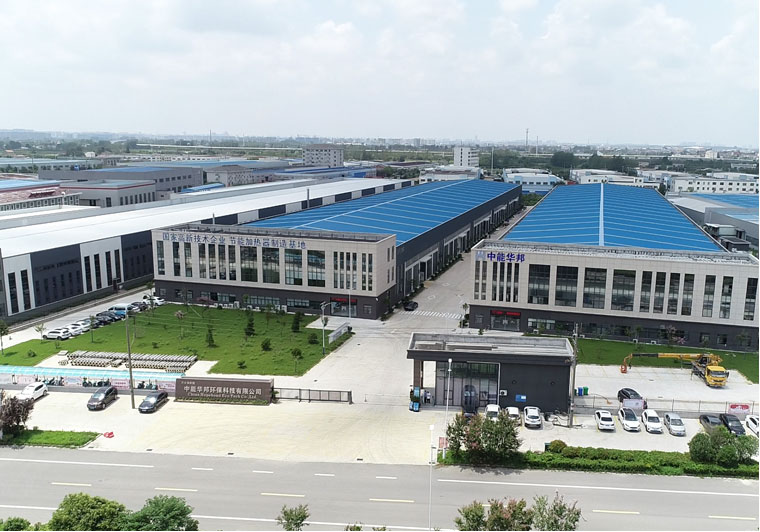Heating Equipment
The hot runner coil heaters are narrow and flat heating elements that can have different shapes and geometries. They are high-performance heaters used in situations where space is limited but higher power is required.
These wax-like flexible hot runner coil heaters are primarily used in the plastic and packaging industries for hot runners and nozzles to heat parts of various shapes and geometries. Additionally, they are also used in chemical industries (rubber processing), automotive, glass, hot stamping, casting, and wood processing.
The sheath material of the coil heater is made from stainless steel and Ni-Cr (80/20) resistance wire (with a melting point of 1300°C), and the sheath is filled with magnesium oxide powder (MgO). The maximum operating temperature of the sheath can reach 650°C, while the maximum operating temperature of the cables and connection points can reach 260°C.
Hot runner coil heaters can be internally configured with "J" type or "K" type thermocouples and come with different power ranges.
Product Feature:
1. Spring Coil Heater Specifications:
Heating cross-section: 2.2x4.2mm, 3x3mm, 3.4x3.4mm, 3.5x3.5mm, 4x4mm.
2. Coil Heater Inner Diameter: 10mm to 38mm, Heater Ring Height: 40mm to 200mm.
3.Voltage: 220V to 380V, Power: 200W to 3000W.
4.Built-in Thermocouple: With or without J/K thermocouple, lead lengths available in 500mm, 1000mm, 1200mm, 1500mm, or 2000mm.
5.Continuous Operating Temperature: Up to 1200°F,
Intermittent Operating Temperature: Up to 1500°F.
6.Advantages of Spring Heating Rings:
High working temperature, fast heating, long service life, easy installation.
Applications:
Plastic mold applications; blow molding machines; extrusion; hot runner systems; injection molding; thermoforming.
The hot runner heaters with lengths ranging from 20mm to 3000mm are mainly used for molds or hot runners, as well as other precision heating systems. The external material of the spring heating ring is made of high-quality Ni-Cr steel tube, and the interior uses high-purity magnesium oxide, high-temperature resistant wire, and top-grade manufacturing processes. After annealing, the wire becomes flexible, allowing it to be bent into arcs or circular shapes. The heater has a high working temperature, fast heating, uniform heating accuracy, long service life, and can be automatically controlled. It has high thermal conductivity, and if the internal heating material is damaged, the external part can be reused.
Types of Hot Runner Heaters:
Hot runner heaters come in various types, including coil heaters, nozzle heaters, and manifold heaters. Coil heaters are compact, versatile, and feature a coiled heating element that delivers uniform heat distribution. They are commonly used for nozzle tips and gate bushings. Nozzle heaters are designed to fit into the nozzles of injection molding machines, providing direct heating to molten plastic. Manifold heaters are employed to heat the manifold in hot runner systems, ensuring proper temperature control for multiple cavities.
Shipment
provides customers with quality and safe transportation.

Pressure vessels, as indispensable equipment in industrial production, are widely used in fields such as chemical engineering, energy, and pharmaceuticals. As a...
READ MORESheath Material Selection and Thermal ConductivityThe outer sheath of Tubular Heater is critical to heat distribution because it acts as the primary interface...
READ MORERecently, the Yandu District Model Worker and Craftsman Association, in conjunction with the District Federation of Trade Unions' Labor and Economic Affairs Dep...
READ MOREEffective Heat Transfer The heat transfer efficiency of a Cartridge Heater is highly dependent on the mounting method, as it directly influences the contact bet...
READ MOREIn the golden autumn, the fragrant osmanthus fills the air. On the afternoon of October 8th, Sinton Group held a grand launch conference themed "Riding the Wind...
READ MORE